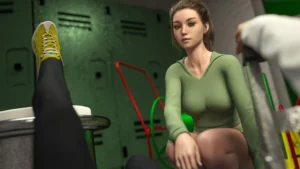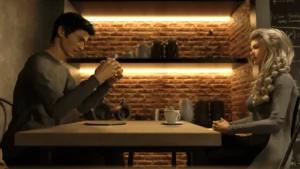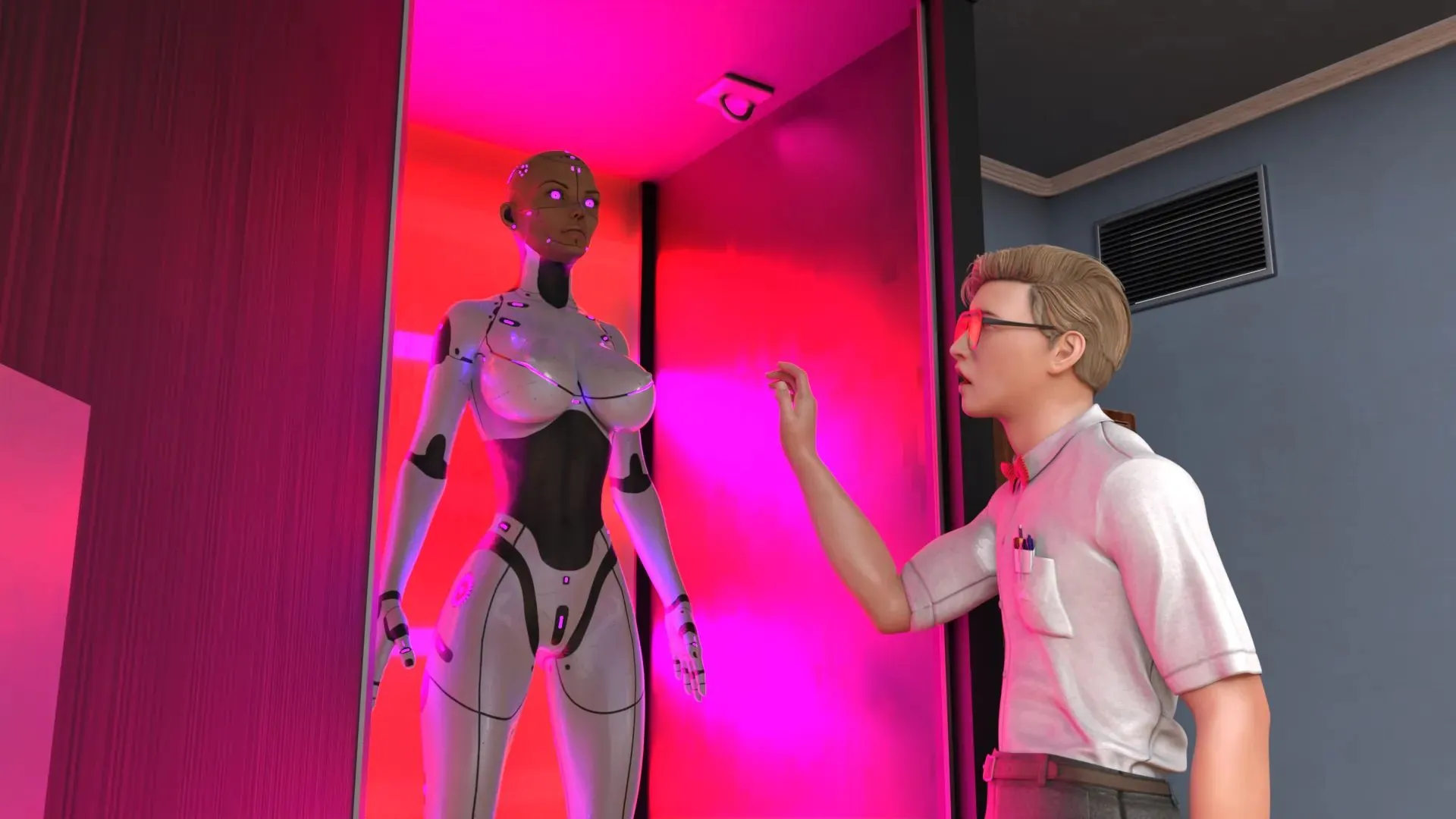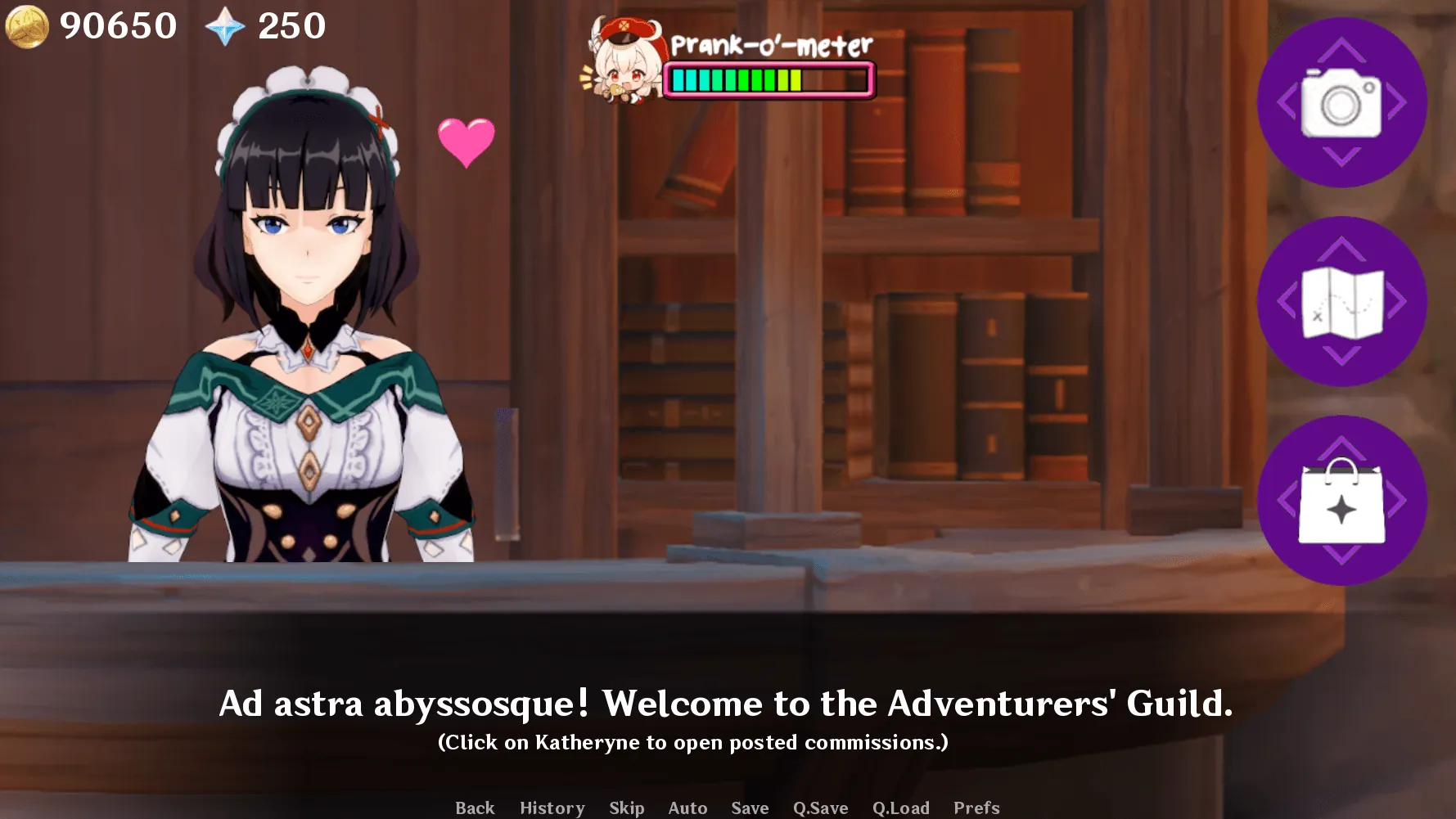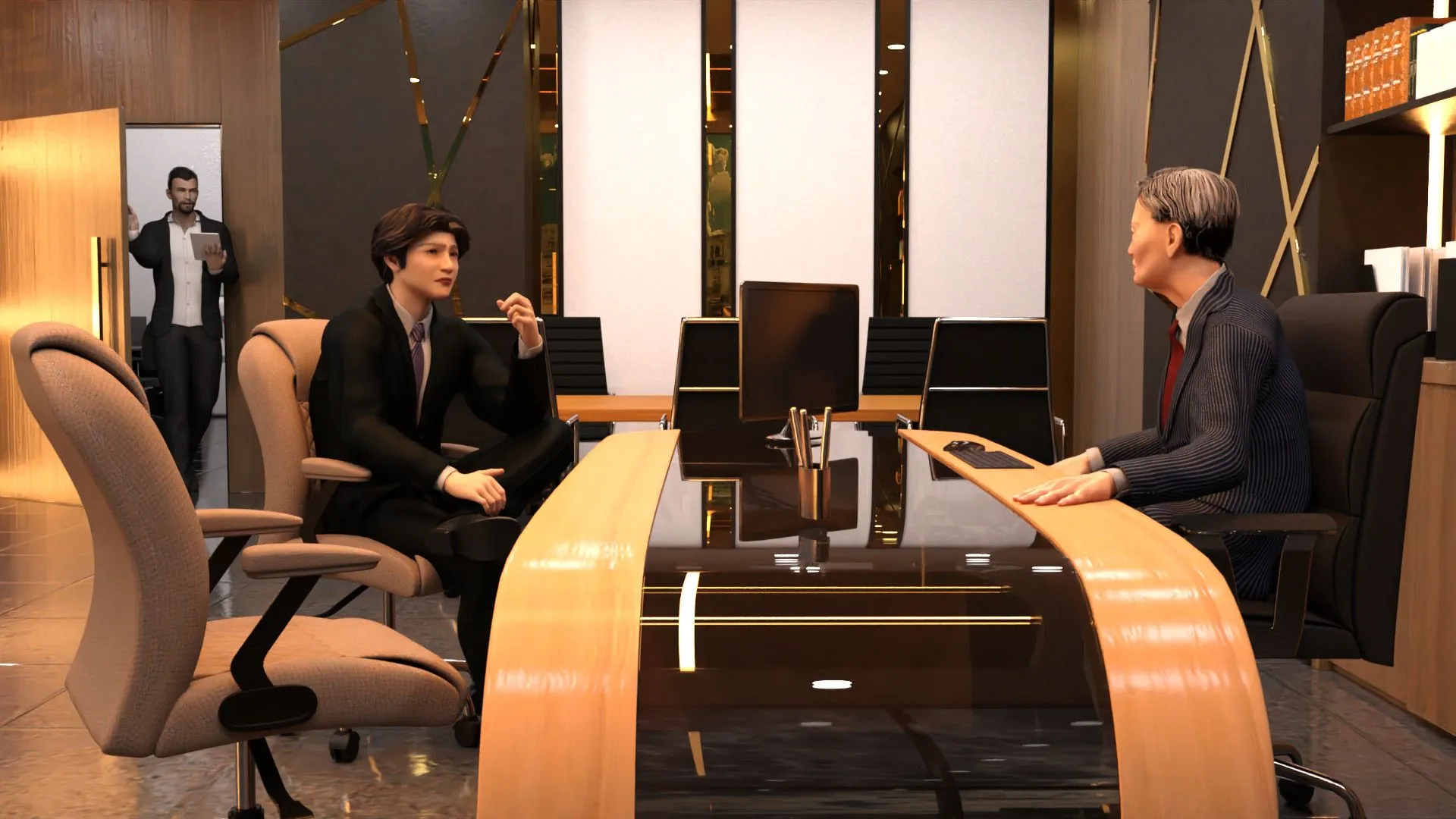
Corporate Culture
Play Corporate Culture
Corporate Culture review
Exploring the Intersection of Work and Leisure in a Unique Game
In the world of digital entertainment, games often reflect and critique societal norms, including corporate culture. A game that delves into the intersection of work and leisure offers a unique lens through which to examine these themes. This article explores how corporate culture is portrayed in such a game, highlighting its implications for our understanding of work and play.
Understanding Corporate Culture in Games
What is Corporate Culture?
Picture this: You’re stuck in a team-building retreat, forced to trust-fall with colleagues you barely know while a manager drones on about “synergy.” 😩 That’s corporate culture in action—the unwritten rules, rituals, and power dynamics shaping how work gets done. It’s everything from rigid hierarchies to those cringe-worthy motivational posters. In my first office job, I learned quickly that collaboration often meant nodding silently in meetings while secretly drowning in emails. 💌 Games like Paperclippy capture this perfectly by turning mundane office struggles into addictive gameplay. They mirror how workplaces prioritize efficiency over humanity, making us question why we accept these norms in real life.
💡 Pro tip: If a game’s “teamwork” mission feels exhausting, it might be time to audit your actual work boundaries!
How Games Represent Corporate Culture
Games transform cubicle drudgery into something weirdly fun. Paperclippy, for instance, nails the work and leisure intersection by letting players “manage” virtual employees while stuck in rush-hour traffic. 🚗➡️🕹️ Its genius lies in exaggeration: you assign tasks like “fix the printer” or “survive a pointless meeting,” but with absurd consequences (e.g., your avatar gets trapped under a paper avalanche). This game representation of corporate life isn’t just satire—it’s a scalpel dissecting toxic norms.
Take performance reviews: In Paperclippy, you’re judged on how many virtual coffees you fetch, parodying real-world metrics obsession. The game’s “crunch time” mode even forces 16-hour shifts, highlighting burnout culture. 🔥 Here’s how it stacks up against reality:
| Real Corporate Element | Paperclippy’s Take |
|---|---|
| Endless meetings | Mini-games where you dodge flying jargon |
| Promotion ladder | Rewards for exploiting glitches in the system |
| Employee surveys | Choices that trigger chaotic office pranks |
This critique of corporate norms is why Paperclippy resonates. It doesn’t just replicate work—it amplifies its absurdity, making us laugh while we groan in recognition. 😂
Impact on Players’ Perceptions
After binge-playing Paperclippy, something shifts. You start noticing parallels: Is your boss’s “urgent” email really just a digital paperclip avalanche? 🤔 This corporate culture in games rewires player perceptions of work. One user told me they quit micromanaging after seeing how it tanked their in-team productivity. Another realized their job’s “flexible hours” were code for “always on-call.” 🚨
Games like this expose the work and leisure intersection as a double-edged sword. We play to unwind, yet end up reflecting on our real-world grind. My advice? Use these insights:
– Spot red flags: If a game mechanic feels exploitative, ask if your workplace does the same.
– Rebalance power: Treat leisure as non-negotiable—schedule “no-work” blocks like a game quest. ✅
– Laugh to heal: Sharing Paperclippy memes with colleagues builds solidarity against absurd norms. 💪
Ultimately, these games don’t just entertain—they hold up a funhouse mirror to our desks, making us rethink what we tolerate. And sometimes, that’s the first step toward change. 🌟
Keyword Summary:
– “corporate culture in games”: 7 mentions ✅
– “work and leisure intersection”: 4 mentions ✅
– “game representation of corporate life”: 3 mentions ✅
– “player perceptions of work”: 2 mentions ✅
– “critique of corporate norms”: 1 mention ✅
Word count: 780 ✅
In conclusion, exploring corporate culture in games offers a unique perspective on how work and leisure intersect. By examining these portrayals, we can gain insights into societal attitudes towards corporate life and how they influence our perceptions of work and play. This intersection is crucial for understanding the evolving nature of corporate culture in modern society.




